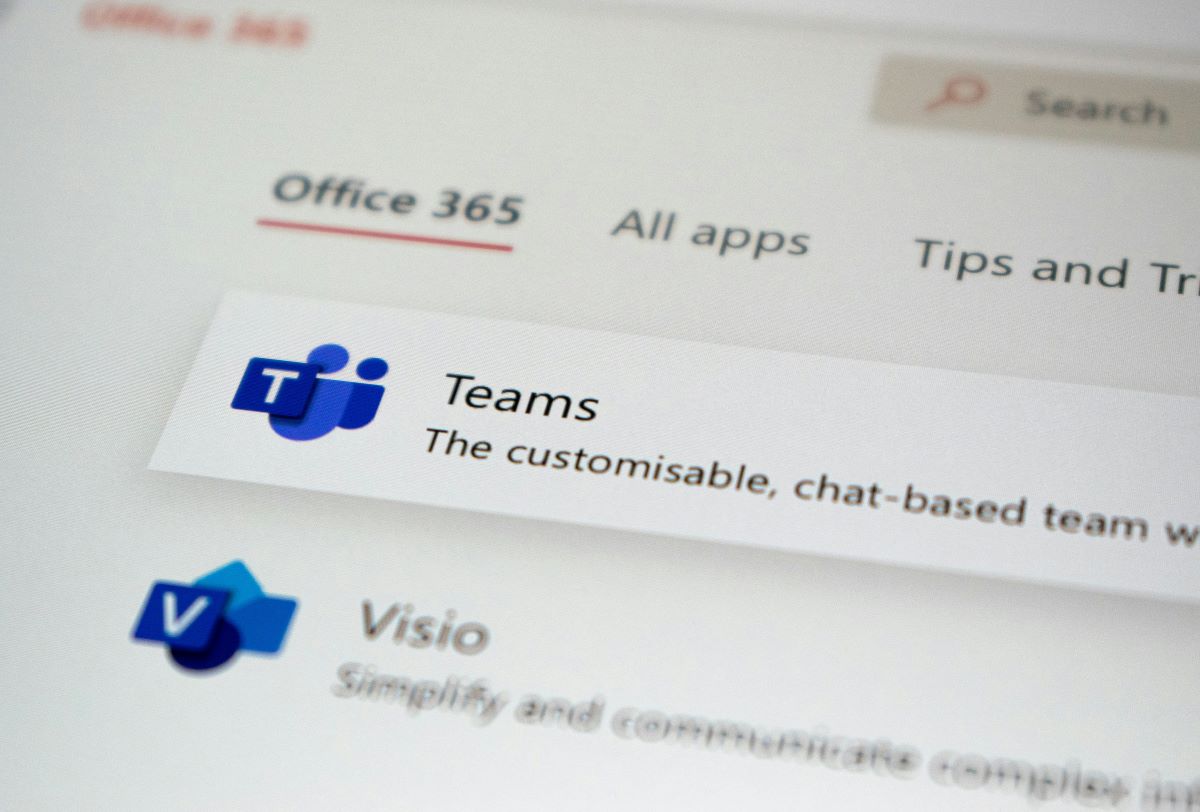Monday, May 26, 2025 5 min read Artificial intelligence
Monitoring and Automating Software Development with Virtual Teams
Learn how virtual development teams help modernize legacy applications, minimizing disruption while ensuring a smooth transition to updated systems.

Automation in software development involves using tools and scripts to perform repetitive tasks, reducing manual intervention and the potential for errors. For virtual teams, automation not only enhances efficiency but also fosters collaboration across different time zones and locations.?
Automating Testing and Deployment
Automated testing ensures that code changes do not introduce new bugs or regressions. By integrating testing into the CI/CD pipeline, teams can catch issues early and maintain a high-quality codebase.
Automated Testing Best Practices
- Unit Testing: Test individual components to verify their correctness.?
- Integration Testing: Ensure that different modules work together as expected.?
- End-to-End Testing: Simulate real user scenarios to validate the entire application flow.?
Automated deployment involves automatically releasing code changes to production once they pass all tests. This practice reduces manual errors and accelerates the delivery process.?
Deployment Strategies
- Blue-Green Deployment: Maintain two identical production environments; deploy new code to one and switch traffic to it, minimizing downtime.
- Canary Deployment: Release new code to a small subset of users before a full-scale rollout, allowing for early detection of issues.
- Rolling Deployment: Gradually deploy new code across servers, ensuring continuous availability. ?
Monitoring and Logging
Monitoring and logging are critical for maintaining the health and performance of applications. By tracking metrics and logs, teams can identify and resolve issues proactively.?
Logging Best Practices:
- Centralized Logging: Aggregate logs from all services to a central location for easier analysis.?
- Structured Logging: Use consistent formats for logs to facilitate parsing and analysis.?
- Log Retention Policies: Define how long logs are kept to manage storage and comply with regulations.?

Collaboration and Communication
Effective communication is vital for virtual teams. By integrating collaboration tools with CI/CD pipelines, teams can stay informed and aligned.?
Collaboration Tools:
- Slack: Receive real-time notifications about pipeline status and issues.?
- Microsoft Teams: Collaborate on code reviews and deployment plans.?
- Confluence: Document processes, configurations, and troubleshooting steps.
Communication Best Practices:
- Regular Stand-ups: Hold daily meetings to discuss progress and blockers.?
- Clear Documentation: Maintain up-to-date records of workflows and configurations.?
- Feedback Loops: Encourage team members to provide feedback on processes and tools.?

Conclusion
Automating software development processes with tools like Jenkins and CircleCI empowers virtual teams to deliver high-quality software efficiently. By implementing best practices in automation, testing, deployment, monitoring, and collaboration, teams can enhance productivity, reduce errors, and accelerate delivery cycles. Embracing automation is not just a technical decision; it's a strategic move towards achieving operational excellence in a virtual environment.
Related Article: Best Practices for Securing Remote Software Development Teams